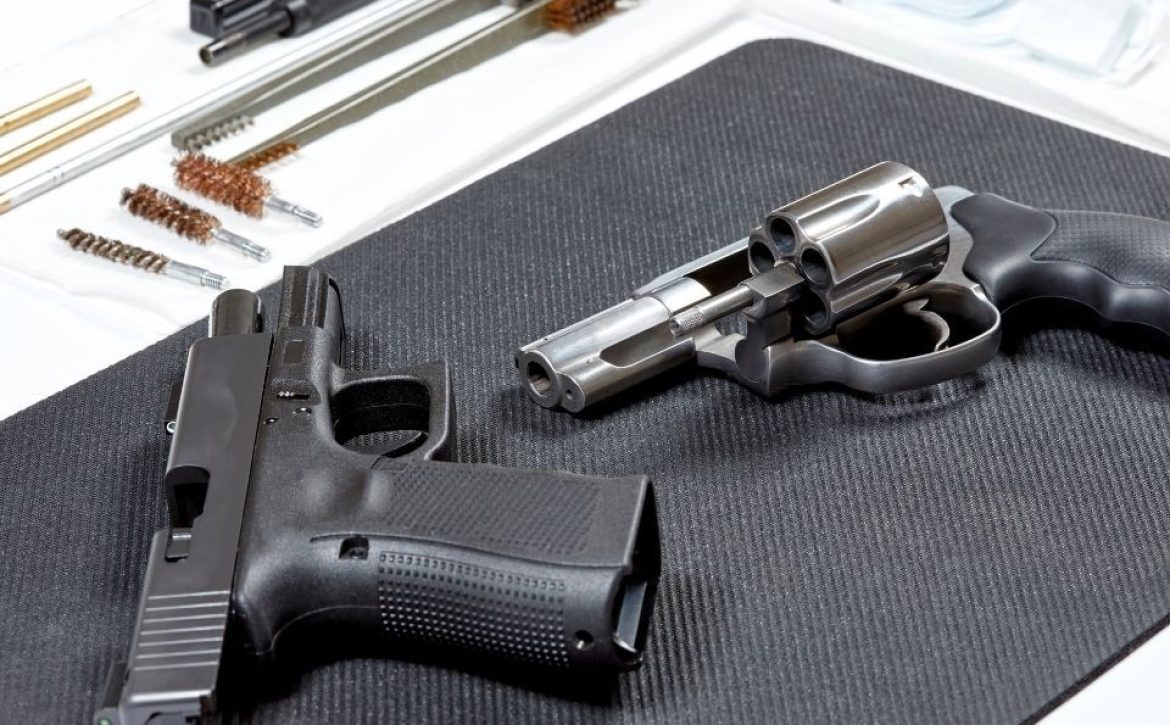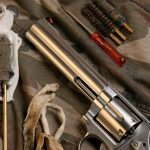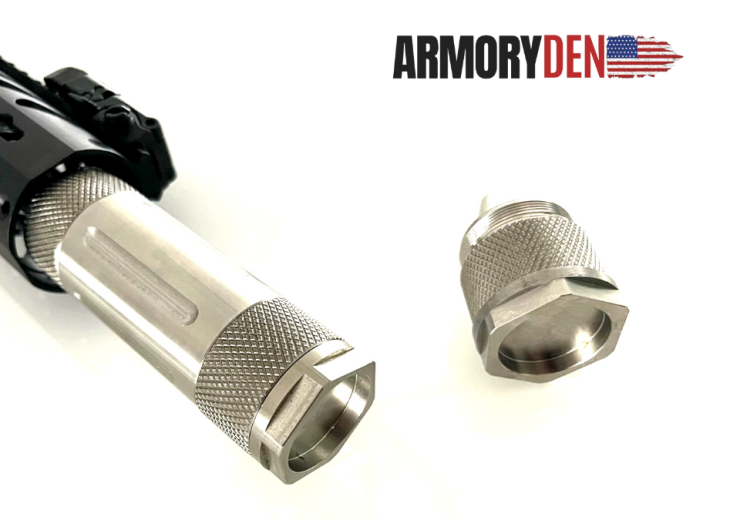What are Gun Cleaning Patches and How to Use Them?
After getting a new firearm, one might be unsure of what they need to do before taking it out on the range. Whether you have just gotten a brand-new firearm or gotten it second-hand, it is crucial to ensure that it is in the best condition before firing it. Failure to clean your firearm could result in several different malfunctions, which you certainly want to avoid.
Proper maintenance requires having the correct maintenance and cleaning gear. Apart from the gun cleaning solution, lubricating oil, and other cleaning supplies, cleaning patches are integral to every firearm maintenance routine.
What are Cleaning Patches
These are ultra-absorbent patches usually made from cotton or synthetic material. They are uniformly pre-cut in either square or round shapes. Apart from being used independently for wiping, they are attached to a loop during cleaning. Most firearm holders prefer them over cleaning cloths because they do not get caught between firearm parts as the latter often does. Cleaning patches come in various sizes and are inexpensive.
They are often sold in bulk because an owner will go through several patches during maintenance. You can use them with cleaning solvents or oils to ensure that the weapon is properly maintained.
How to use Cleaning Patches
If you have just bought your firearm cleaning kit and have no idea where to start, the most important thing to remember is that firearms differ in some ways. That is why it is vital to go through the owner’s manual. Generally, you will need more than just cleaning patches during maintenance.
Cleaning patches are always white, and this is ideal because you will see the change in color as the patches pass through the inner and outer parts of your firearm. One must use several of these until their firearm is thoroughly cleaned.
How to Clean the Firearm
Firearms need to be cleaned regularly. Even if yours is brand new from the manufacturer, you will still need to do so because they are usually packaged with some sticky oil and grease to prevent rusting while stored. Even if they remain on the shelves for several months or years, it keeps the firearms in excellent condition. Once you purchase, it is advisable to remove this grease before use. Afterward, you are supposed to lubricate the firearm before storage. Here are the essential items you will need when cleaning with cleaning patches:
- A cleaning rod
- Gloves
- Cleaning patches
- A loop
- A firearm cleaning lubricant
- A cleaning brush
Once you have these six items, here are the vital steps before beginning the thorough maintenance process.
Step 1: Wear Safety Gloves
It is crucial to have your safety gloves on to protect your hands. Wearing gloves prevents unnecessary fingerprints and natural oils from getting stuck on a firearm’s exterior.
Step 2: Unload the Firearm
These steps might seem evident to owners that follow them. However, you will be surprised at the number of people that accidentally shoot themselves with their weapons because they forgot to unload them. Apart from unloading, ensure that you clean the bullets and magazines. It prevents your gun from jamming afterward.
Step 3: Disassemble
This step is crucial since it might be a challenge assembling it afterward. Be sure to read through the manual before you disassemble your firearm. You can also watch tutorial videos on YouTube.
How to Optimally use the Cleaning Patches as a Firearm Owner
As mentioned before, cleaning patches are very affordable and often sold in bulk. It would be best to purchase several because you might need about 20 during a single maintenance session. Apart from wiping, they are also installed on a jag. The latter is used instead of ordinary sticks because the patch might easily slip off during maintenance. If this happens, it would be challenging to take it out using a stick.
Once attached to the jag, it is attached to a long or shorter cleaning rod, depending on the firearm. You should secure the patch onto the loop by first passing a needle through a hole in the patch. The next step would be holding it from the sides and passing the cloth through it. Lastly, pull the patch upwards to tighten it firmly.
The Most Recommended Cleaning Patches You Should Use?
- 17 cal, 223 cal, and 22 cal – 2-inch cleaning patches.
- 270 cal and 234 – 25 cal – 3-inch cleaning patches from outside.
- 9mm, 30-50 cal, and 7.62 mm – 3-inch cleaning patches inside.
Cleaning steps to follow using cleaning patches
- Ensure that you choose the right cleaning patch for the firearm.
- Attach your patches onto the needle as explained above.
- Attach this needle to the cleaning rod.
- Clean the firearm thoroughly using the patches both inside and out.
- Use a cleaning solvent with the patches if you need to.
- Run a dry patch through the firearm to see whether it is thoroughly cleaned. This step also ensures that the used solvent is removed.
- If using high-quality patches, you will go through about 7.
Storage Note: An ancillary benefit of cleaning with a solvent trap
Companies such as Armory Den offer solvent trap cleaning kits, with a primary intended use being what the name implies: firearms cleaning. There is an additional or ancillary use that many solvent traps can be used for, a use that makes the cleaning process more streamlined: storage or dry storage. Dry Storage Cups need not only be used to trap or compartmentalize solvents, such as CLP Oils and Bore Cleaning Solutions, but they serve as great storage facilities for small cleaning supplies, such. as cleaning patches. Cleaning patches, small brushes, different types of solvents (i.e. CLP Lubrication Oils and Bore Cleaning Solutions), among other small cleaning related items that fit, can be simultaneously stored in different “dry storage cup” compartments and deployed during cleaning sessions!
Cleaning patches are an essential part of the maintenance process, and one should never carry out any maintenance work without them. Regarding the gun patch recommendations mentioned above, it is worth mentioning the use of a solvent trap, such as the one offered by Armory Den. Not only are solvent traps great tools to allow for an efficient, streamlined economical, and eco-friendly cleaning solution, but they have a secondary use as cleaning supply storage and transport. Cleaning patches and other small cleaning brushes can be stored in solvent traps storage cups and deployed during cleaning sessions. Solvent traps can also be threaded during transport to the end of a firearm, so everything is ready to go when needed.






